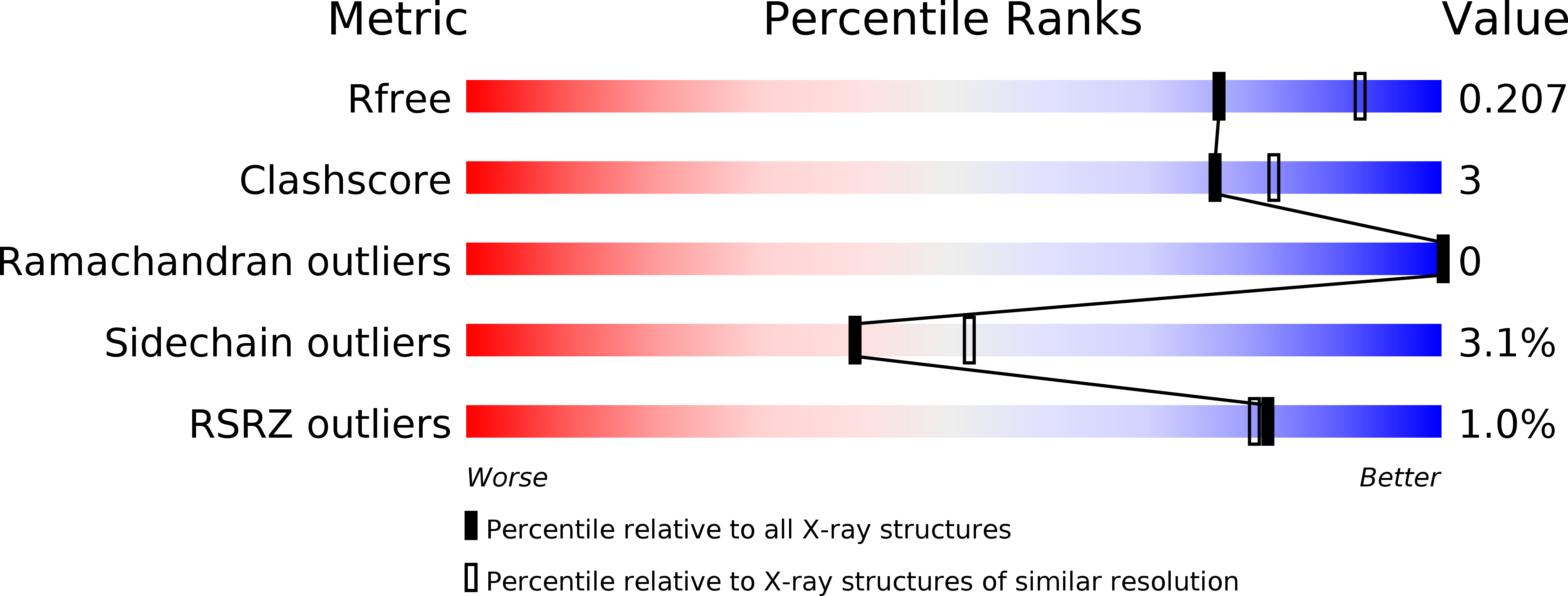
Deposition Date
2019-09-29
Release Date
2020-04-01
Last Version Date
2023-11-22
Entry Detail
PDB ID:
6L1G
Keywords:
Title:
Crystal structure of light-dependent protochlorophyllide oxidoreductase from Synechocystis sp. PCC 6803
Biological Source:
Source Organism:
Synechocystis sp. (strain PCC 6803 / Kazusa) (Taxon ID: 1111708)
Host Organism:
Method Details:
Experimental Method:
Resolution:
2.20 Å
R-Value Free:
0.20
R-Value Work:
0.17
R-Value Observed:
0.18
Space Group:
P 21 21 2


